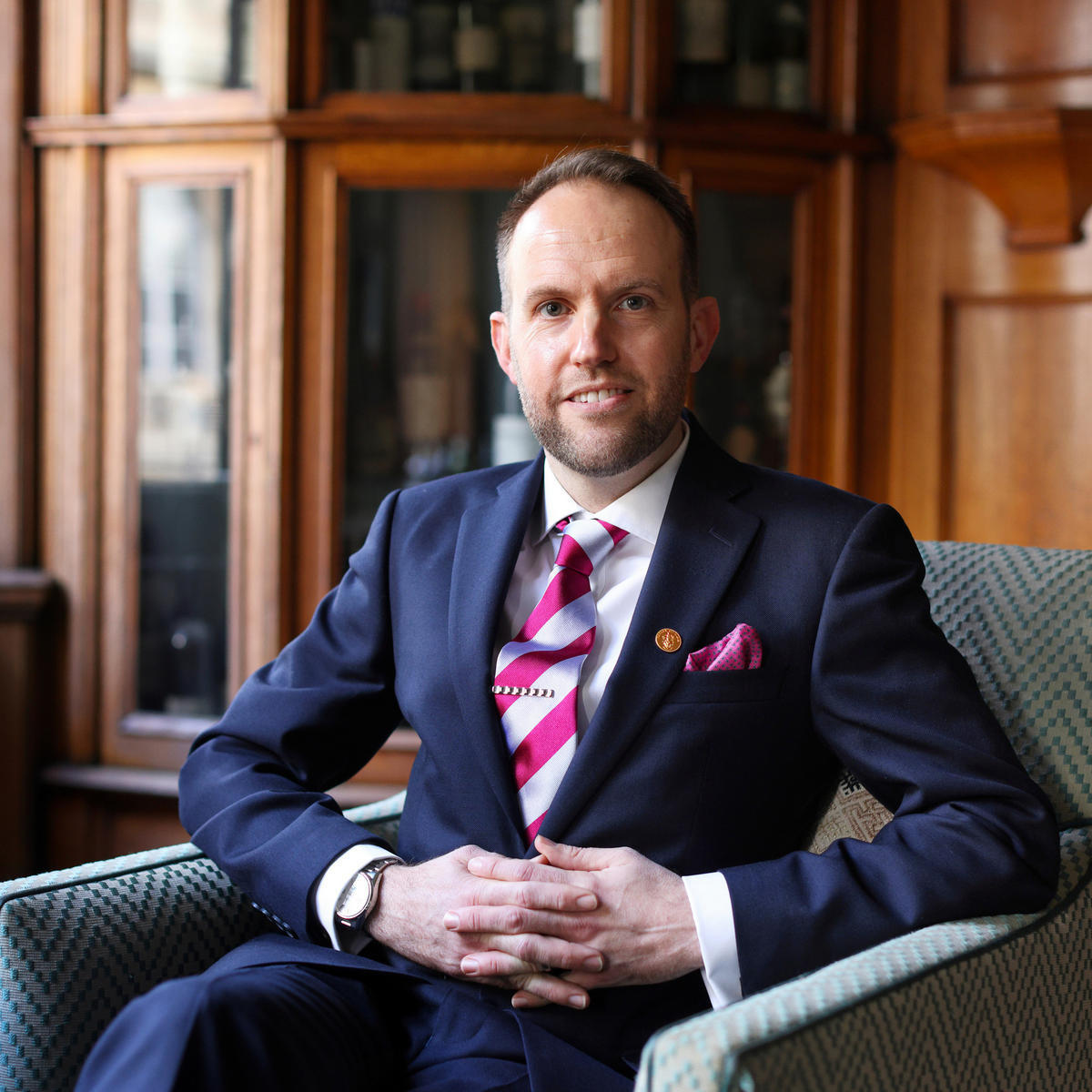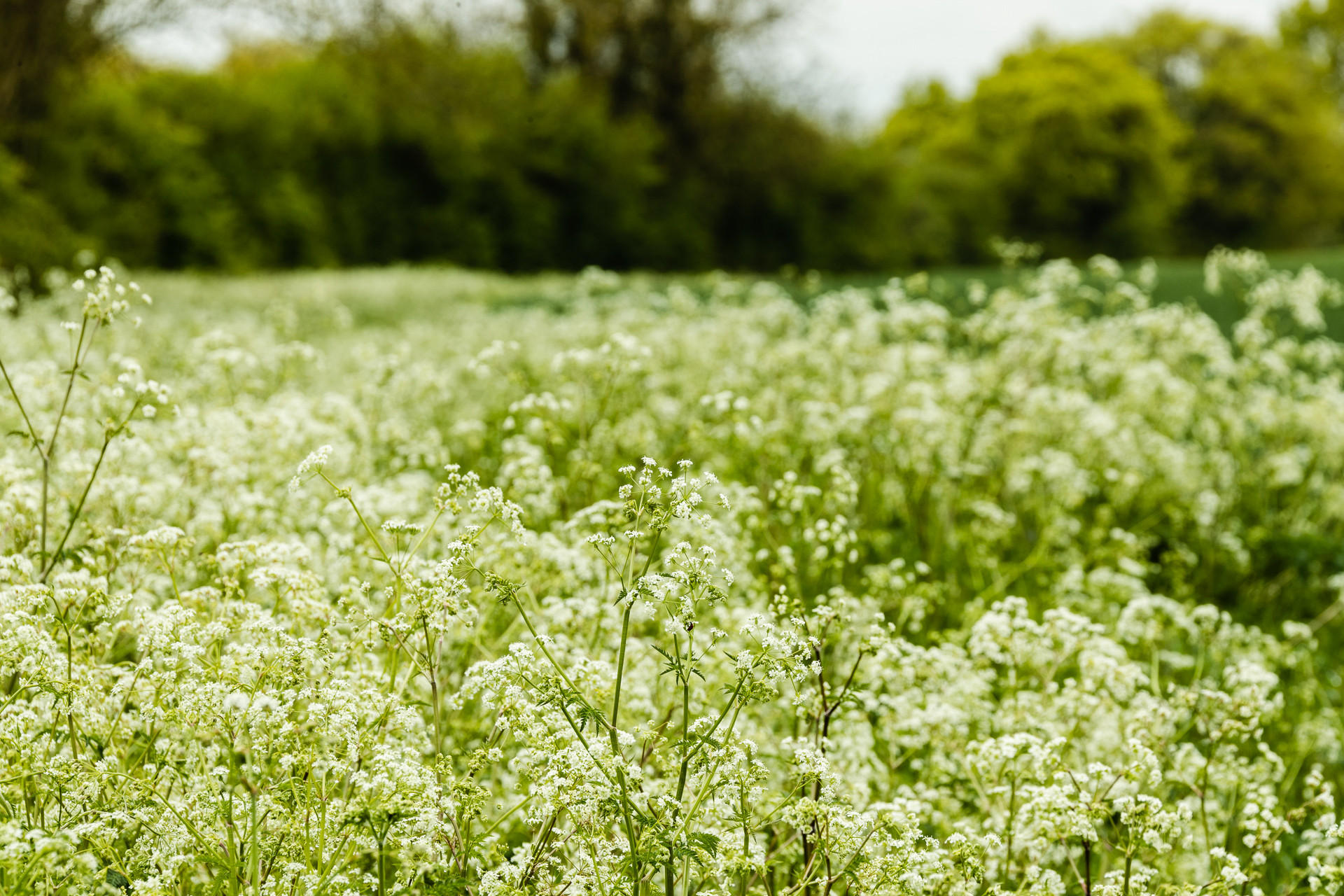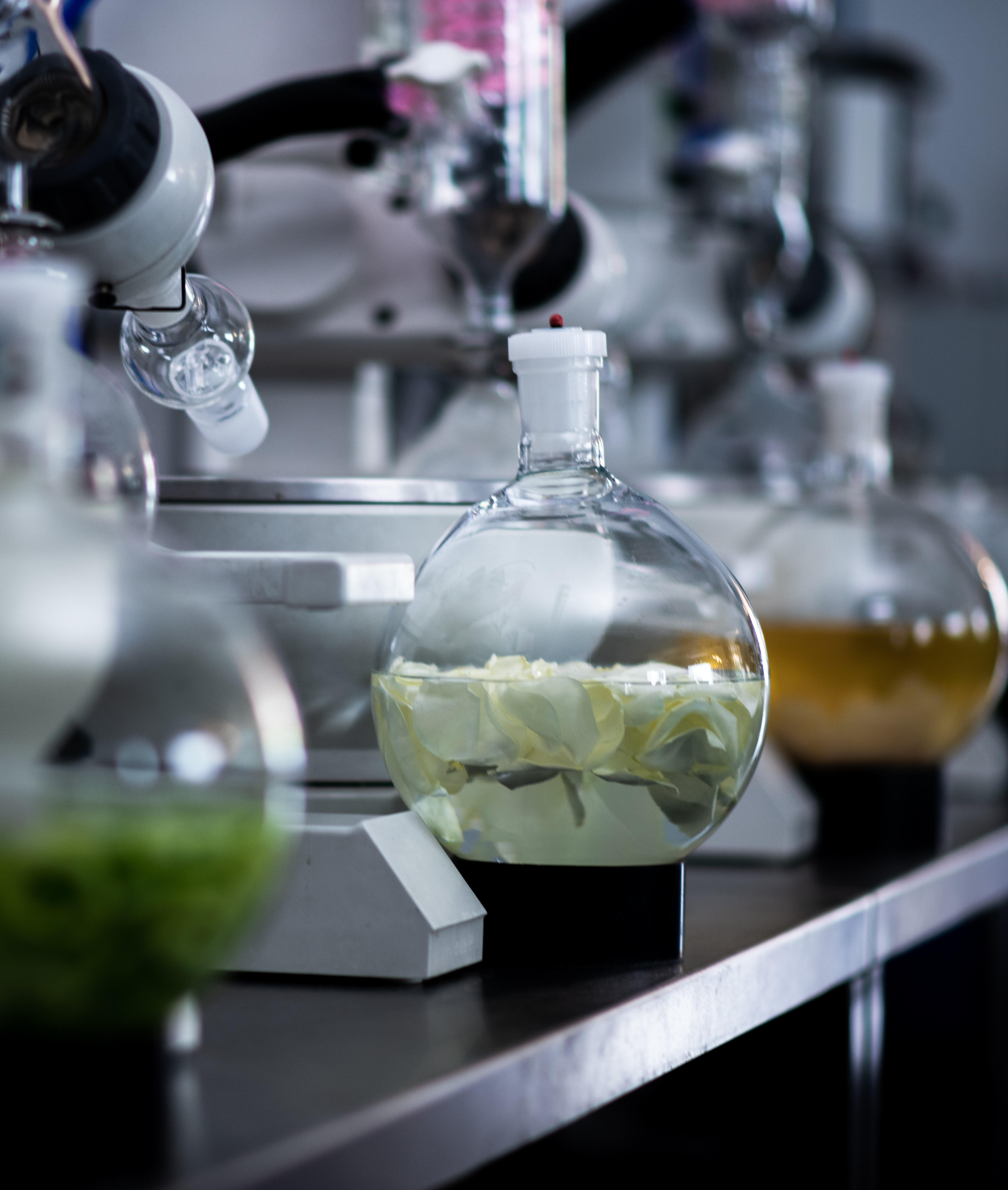Cambridge Distillery: inspiration and intervention
Author: Charlie Geoghegan

Cambridge Distillery is William Lowe MW’s laboratory, where he is doing truly remarkable things with gin. Here, we speak to William about moments of inspiration, fractional distillation and where he sees things going.
Wine and spirits have more in common than you might think, says William Lowe, co-founder of Cambridge Distillery. As the first (and currently only) person in the world to be both a master distiller and a Master of Wine (MW), he may be uniquely qualified to say so.
But while there is much crossover in how people taste and learn about wines and spirits, he does find a notable difference on the production side. “Most of the quality-focused winemakers I’ve ever spoken to will consider their job to be to intervene as little as possible,” he posits, “to avoid deviating further from the quality of the grapes they’ve been given.”
As a producer of some of the world’s most exciting gins, he believes, “I have to do almost the opposite.”
Inspiration
He recalls a moment of inspiration for a seasonal gin. When walking his dog in a Cambridge meadow, he stumbled upon “the most invigorating smell experience of that year”.

He paints a scene of mist evaporating from leaves, stinging nettles, elderflower, hawthorn, cow parsley and more in bloom. “I thought, ‘This! This is my job,’” he says. “It’s to get everybody who ever tastes this gin to come here. I have to take an incredibly high-intervention approach because these are transient aromatics. They want to go. They don’t even want to make it to midday.”
Innovation
The quest to capture – and bottle – such ephemeral scenes has garnered considerable praise for Cambridge Distillery.
“We’ve won the title of World’s Most Innovative Distillery three times now,” says William. “Innovation has just been part of the process; it’s never been an end to itself for us. If there is a way of conveying a flavour in the way that I want to that already exists, I will use it. If that doesn’t exist already, then we’ll create a new one.”
The innovative gins on offer here include Anty Gin (“the world’s first insect-based gin”) and Watenshi (“the world’s most exclusive gin”). The latter is produced using a proprietary technique of fractional condensation. “It’s an incredibly high-quality, low-yielding process,” says William.
“Each distillation gives us around 15 millimetres of liquid, so it takes almost 50 still-runs to create one bottle. So, 300 still-runs later, we’ve created a batch of six.” They offer Watenshi (circa £2,500 a bottle) through a waiting list.
“The highest index of quality that I could wish for is that everybody who has ever bought a bottle has immediately re-joined the waiting list for another bottle. These aren’t show-off trophies; [the] people buying them drink them, and reorder.”
The perpetual student
The inner workings of Cambridge Distillery are fascinating, owing in no small part to William himself. “To become both an MW and a master distiller,” suggests Rob Whitehead, our Spirits Buyer, “requires a rapier-sharp balance between the art and the science, the subjective and the objective.”
For much of William’s 25-year career, he has been a wine-and-spirits educator. But there is also an element of the perpetual student to him. “I’ve done every qualification that I can find,” he says, “and I’m inventing a new one.” When we speak, he is three months away from starting a first-of-its-kind PhD at Cambridge University, looking at quality in wine and spirits.
Botanicals
They use only fresh botanicals at Cambridge Distillery, processing them as and when they are in season and reserving the distilled liquid for later blending.

They treat each ingredient separately, William believing a one-size-fits-all approach to be “suboptimal”: “At any given point, we could have five different still-runs with five different botanicals of five different temperatures, at five different pressures, with five different combinations of botanical-mass-to-liquid, at five different ethanol concentrations.” In all, there are nine individual variables per ingredient here. And they work with hundreds of individual ingredients. The possibilities are endless and mind-boggling.
“As a rule of thumb, we pretty much double [in production] every year,” says William. The distillery moved premises in 2016; William would have done so a year earlier if he could (“We were straining at the sides”). “I have learned very well from that,” he says. “When we get to 80% of our production capacity will be when we move into the next one.”
Not yet a decade in business, Cambridge is a distillery on the ascent. “You are seriously gonna-wanna be ‘in’ before everyone else pretends they knew about it before you,” says Rob.


